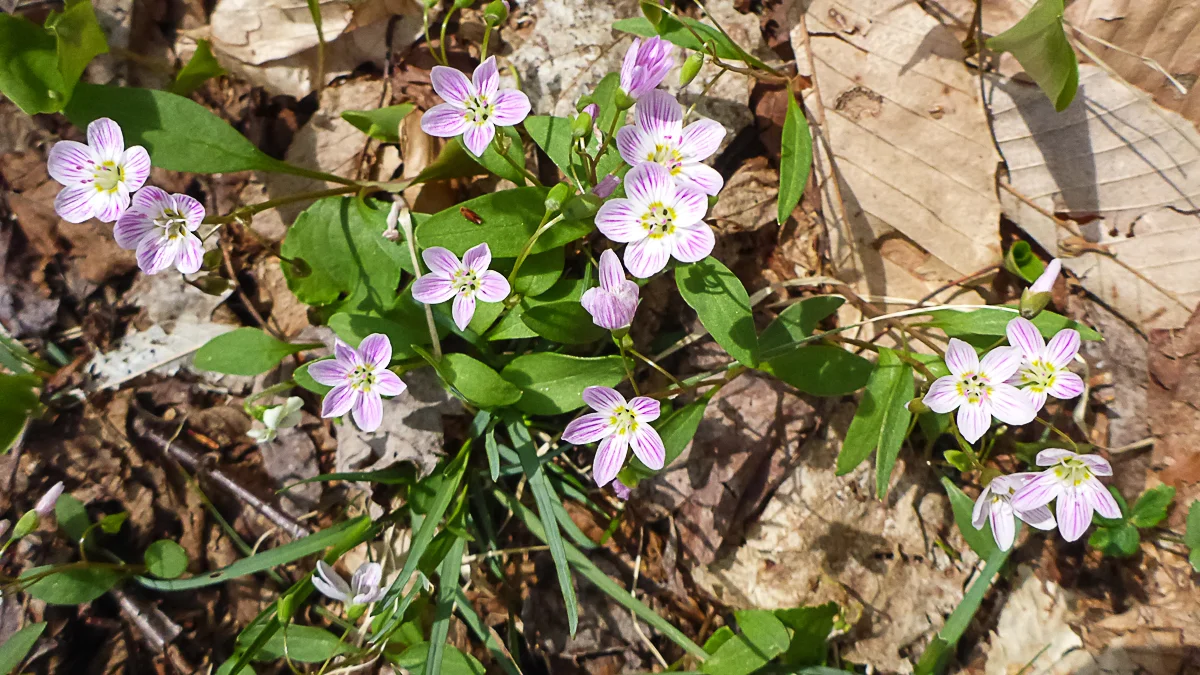Winter changes life for all of us in the Adirondacks, requiring adjustments. For river otters, which inhabit our lakes, rivers, and creeks and occasionally set off overland to reach the otter's equivalent of greener pastures, the adjustments demanded are more dramatic than for most of the rest of us.
There's the obvious conundrum. How do you dive for fish, and then come up for air, in a body of water that's covered with ice, ice that may be a foot or more thick? There's no easy solution. Otters could be forgiven for avoiding the challenge altogether and hibernating, but that's not what they do.
Along the Saranac River, we occasionally spy an otter in winter, earning its living through breaks in the ice. Because the current flows robustly in places, the ice stays thin or doesn't fully form at all. Otters find these gaps and weak spots in the lids winter places on waterways and nose their way in. They plunge in the cold water, grab a meal (it might be a fish, a crayfish, a hibernating frog, or something else), and paddle back to the opening. Mind you, to an otter, which wears a luxuriant and well-oiled fur coat, the water probably doesn't feel all that cold. Water beneath ice remains at 39.5 Fahrenheit throughout the winter. That's water's maximum density. Any water that cools beyond 39.5 diminishes in density, floats to the top, and becomes ice. Even if the air temperature is 30 below zero, the water remains at 39.5 above. Balmy! Well, everything's relative.
Otters that plan ahead may also maintain holes in ponds or lakes with thick, iron-hard ice cover. As the ice thickens in early winter, they use an entry hole again and again. Repeated use keeps the hole clear or almost clear---thin enough, if the otter is lucky, to maintain a place for diving and breathing. Otters swim like fish, but they don't have gills.
The photo above was taken one morning when I was whisking my daughter, Tasman, off to a dentist's appointment. As we passed by a pond that could be seen through the trees, I glimpsed an otter popping out of a hole, right in the middle. This was too good an opportunity to pass up. And because we were running ahead of schedule, we didn't need to pass it up. I swung the car over to the shoulder. Tasman and I popped out. We waited for the otter to go under. As soon as it did, we clambered down a slope onto the ice. The otter popped out of the hole again. We stood like statues. When the otter took its next plunge, we made our move.
Again, we stood completely still. The otter popped out like a jack-in-the-box. It had a fish in its mouth. As it ate, we watched from just a few feet away, trying not to twitch or giggle. It was gorgeous, its wet suit of chocolate brown fur glittering with beads of water.
Suddenly, at just the moment I took the photo, the otter, perhaps detecting our scent, turned toward us and lifted its nose. Then, in an instant, it was gone, shooting headfirst into the dark water. We waited. It never came back. The otter had another way out.


















































